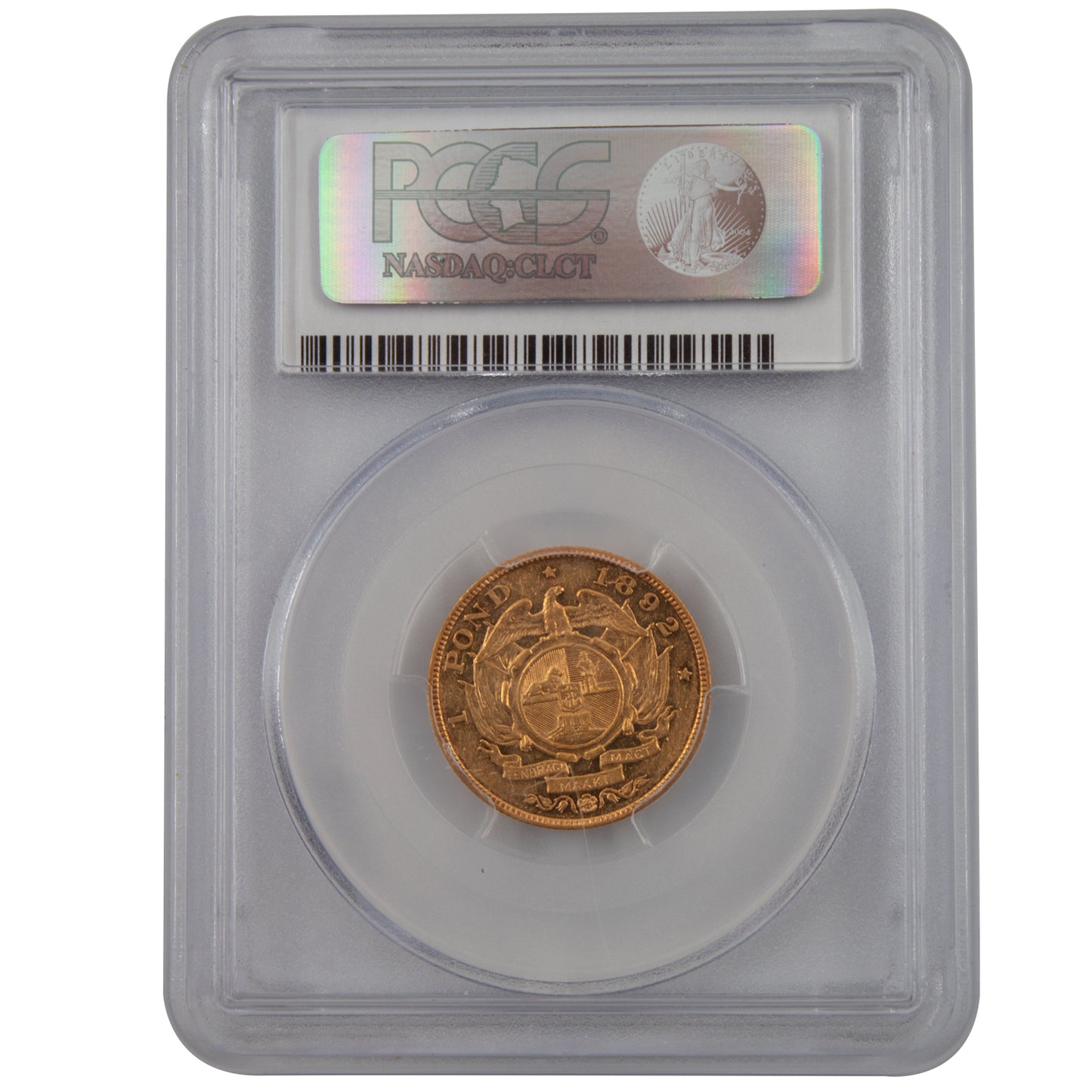Share
Rare coins are more than currency—they’re exquisite artefacts of history, craftsmanship, and scarcity. From ancient mints to modern rarities, these treasures captivate high-net-worth collectors worldwide, drawn to their beauty, value, and stories. Top-tier coins often appreciate steadily, especially those with unique provenance or minting anomalies. Beyond financial returns, collecting offers intellectual prestige and the thrill of acquiring singular pieces. For the super-wealthy, rare coins are a discreet passion, blending legacy with investment. Let’s explore why these coins enchant and highlight five of the world’s most coveted examples, including a numismatic gem from South Africa.
The Allure of Rare Coins
Rare coins are portable, historically significant, and often breathtaking. Their value stems from limited mintages, historical context, or minting quirks, making them prized by discerning collectors. Pursuing such coins offers exclusivity and a connection to human history, appealing to those who value rarity and craftsmanship. For affluent individuals, numismatics is a refined blend of passion and strategy.
Iconic Coins in Elite Collections
Here are five of the world’s rarest coins, cherished for their scarcity and historical weight:
- Silver Shekel, First Revolt (66–70 CE, Judea) Estimated Value: ~$1–2 million Why It’s Special: Minted during the Jewish revolt against Rome, few survive in pristine condition. Its bold inscriptions and link to a pivotal uprising make it a numismatic icon. Collectors prize its rarity and cultural significance.
- Edward III Florin (1343, England) Estimated Value: Over $6.8 million Why It’s Special: Known as the “Double Leopard,” only three survive, offering insight into medieval Europe’s economy. Its scarcity captivates elite collectors.
- 100 Ducat Gold Coin (1621, Poland) Estimated Value: ~$2–3 million Why It’s Special: Only 17 are known, minted for King Sigismund III Vasa. Its intricate design is a pinnacle of European coinage. Collectors prize its artistry and historical ties.
- Tibetan Silver Coin, Qianlong Era (1736–1795, China) Estimated Value: $50,000–$500,000 Why It’s Special: Rare due to limited Tibetan minting, with bilingual inscriptions reflecting cultural exchange. It draws collectors of Asian numismatic heritage.
- 1898 Single 9 Pond (South Africa) Estimated Value: ~$20 million Why It’s Special: A unique coin, with a “9” stamped over 1898, minted during a period of regional transition. Its singular existence and bold design elevate it to global numismatic fame. High-net-worth collectors seek it for its unparalleled rarity.
How Collectors Source These Treasures
The rare coin market thrives on discretion and expertise. High-net-worth collectors acquire coins through:
- Premier Auctions
- Trusted Dealers: Numismatic specialists provide private access to rare pieces.
- Legacy Collections: Coins from historic estates or private vaults, often acquired discreetly.
Why Coins Are a Strategic Asset
Rare coins are resilient, retaining value through market shifts. They’re compact, globally recognised, and ideal for wealth preservation. For the wealthy, they combine cultural significance with financial prudence, often integrated into long-term estate plans.
A Pursuit of Rarity and Legacy
Rare coins, from a Polish ducat to a South African Pond, are stories cast in metal. Each reflects human artistry and history, captivating affluent collectors. While coins like the Single 9 Pond are prized by the ultra-wealthy, numismatics welcomes all. Affordable coins, local dealers, or online platforms make collecting accessible, ensuring passion, not extreme wealth, opens the door to this timeless hobby.







